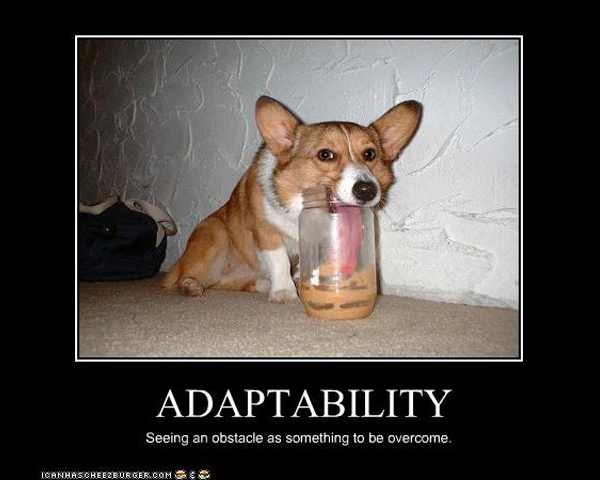The word ‘agile’ has been a buzz word for some time now. Agile – by definition – is the ability to move quickly and easily. Agile from a project management perspective is typically used within technology projects; however, other types of projects are beginning to adopt the agile project management methodology to improve the successful delivery of project deliverables and ensure acceptance of new initiatives.
Agile is a group of methods based on iterative and incremental development, where requirements and solutions evolve through collaboration between self-organizing, cross-functional teams. Agile promotes adaptive planning, evolutionary development and delivery – a time-boxed iterative approach – and encourages rapid and flexible response to change. The Agile Manifesto introduced the term in 2001. The Agile Manifesto values (among other things):
- Individuals and interactions
- Customer collaboration
- Responding to change
- Open communication and collaboration between teams
- Alignment with program/domain delivery objectives
- Transparency across teams
- Fast feedback cycles
Ok…so how do you implement an agile project management methodology?
Establish a governance body:
Risks, issues, dependencies and impediments arise in most change management efforts. These must be tracked and mitigated or avoided. Resolution often requires interaction with stakeholders and customers, and in some cases, with leadership (executive sponsors.) Open communication and collaboration is a key agile principle – and a key change management principle – imperative to risk mitigation and successful implementation. Build a tight, yet lean, governance structure. Include clearly defined processes for prioritization and resolution to any changes or problems that could derail your efforts and implement a communication structure. Include points of contact from all impacted stakeholder groups and sponsors who are visible and accountable.
Define your sprint (or iteration):
Obviously, you have an end goal in mind. However – you can’t expect change to happen over night. Break up the tasks into iterations – or sprints. Whether you choose 7, 14, or 30-day “sprints” – decide what the timeline is going to be for each and what specific tasks will be completed, by whom, within that sprint. This allows you to make incremental progress, while tracking dependencies and impediments, maximizing the team’s efforts to manage the project and changes effectively long term.
Hold daily stand-up meetings:
Consistency and communication increase the chances of a successful project. Each day hold a standing only 15-minute meeting. This daily stand up is the opportunity for every member of the team to discuss what they did yesterday, what they’re doing today, what road blocks they foresee and what information they may require from others to complete tasks.
End of sprint retrospective:
Though some projects move at a rapid pace most bring about change – and successful change can’t be rushed. Don’t immediately go to the next sprint. When one phase ends, time is needed to reflect on what went well and why, and what didn’t, prior to moving ahead. This continuous learning cycle helps to refine the process and contributes to future success.
Communicate, communicate, communicate:
Whether it’s with stakeholders, among members of the team, or anyone else within the organization – make sure all impacted parties are informed about what is going on, when it’s going to happen, and how it’s going to directly impact them.
Despite agile mainly being a product development and project management practice – the principles can be used to manage the people side of change as well. You just need to have a scrum master who is also skilled in change management – one who can also lead and manage the people – not just technology – changes associated with the project.
About Scott Span, MSOD, CSM: is CEO & People Strategist, Communications and Change, at Tolero Solutions. He supports clients to engage and retain talent and wow customers, achieving success through people, creating organizations where people enjoy working and customers enjoy doing business.


